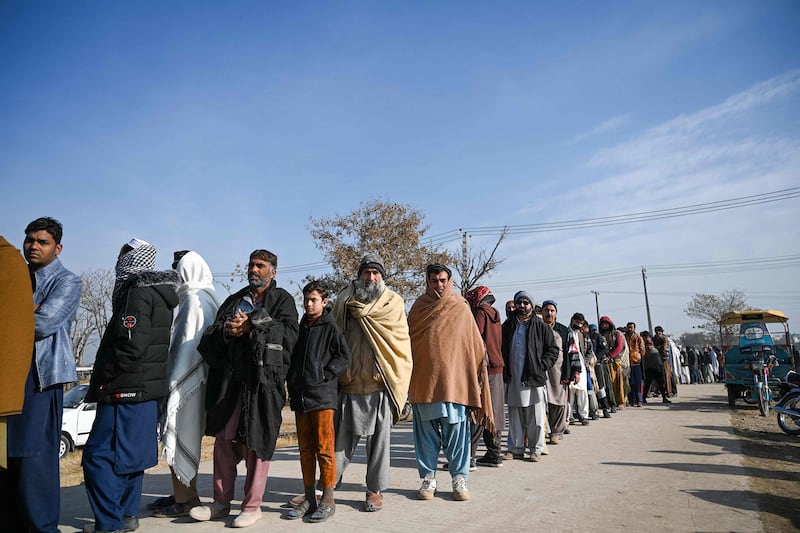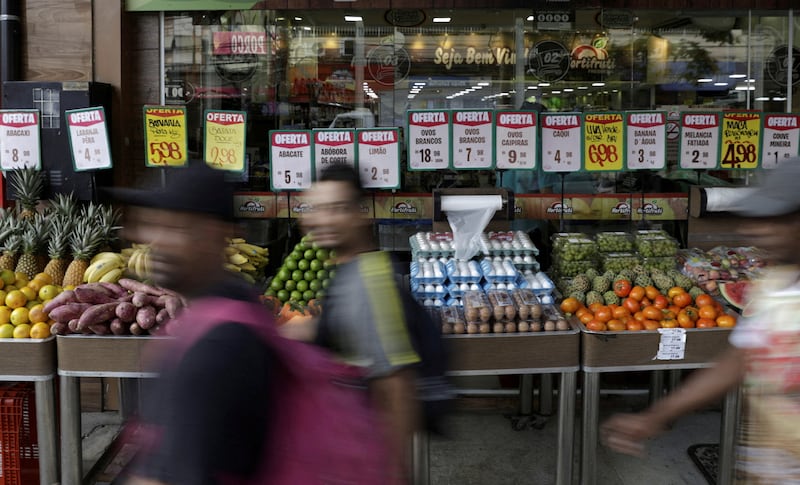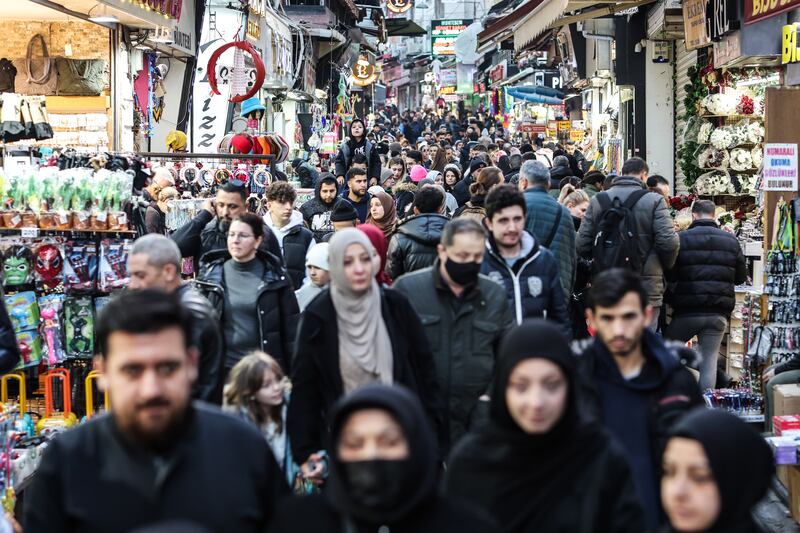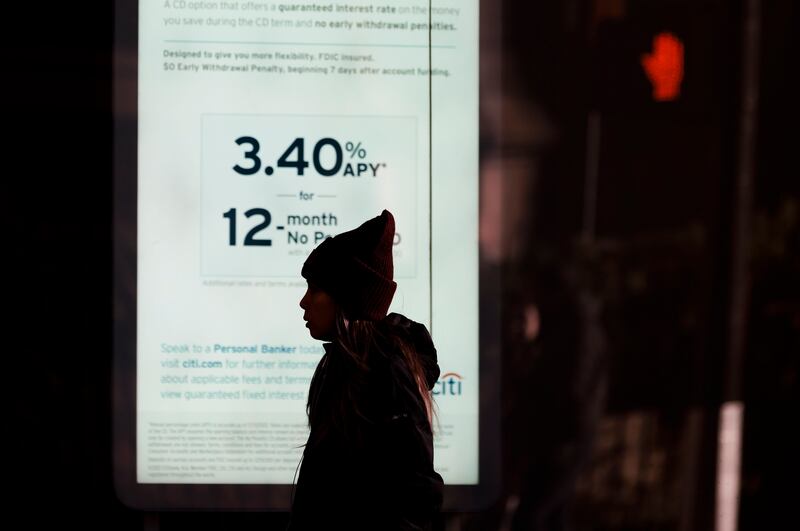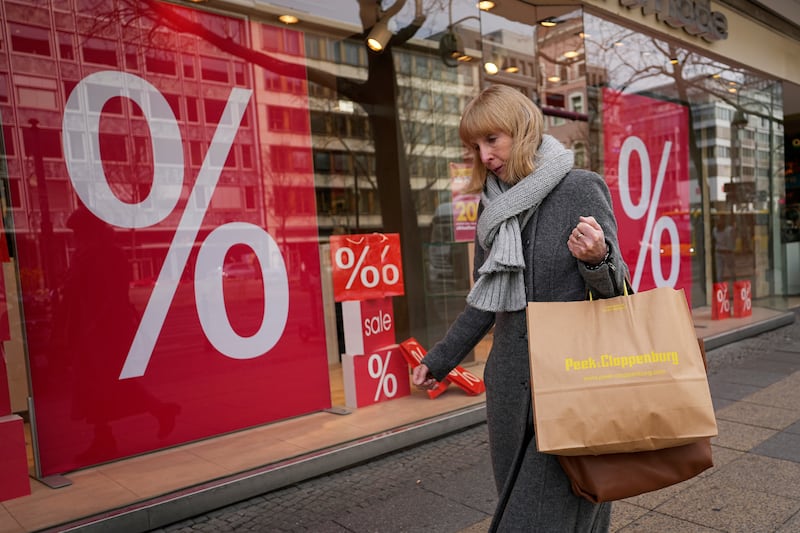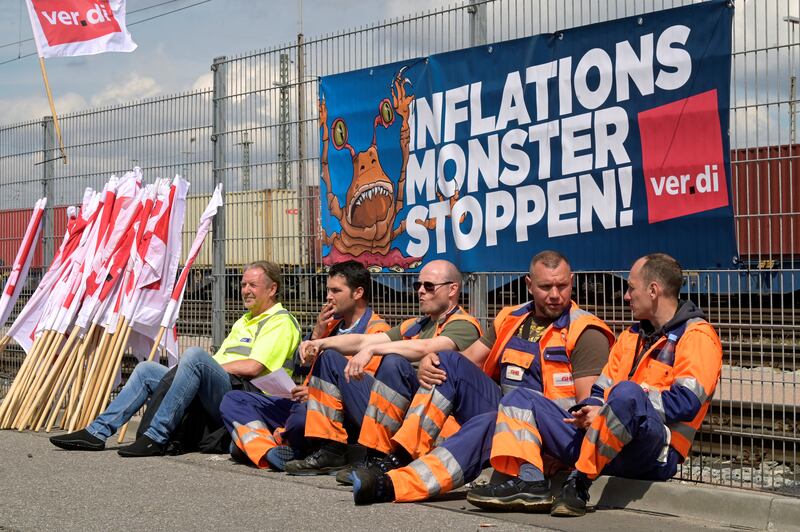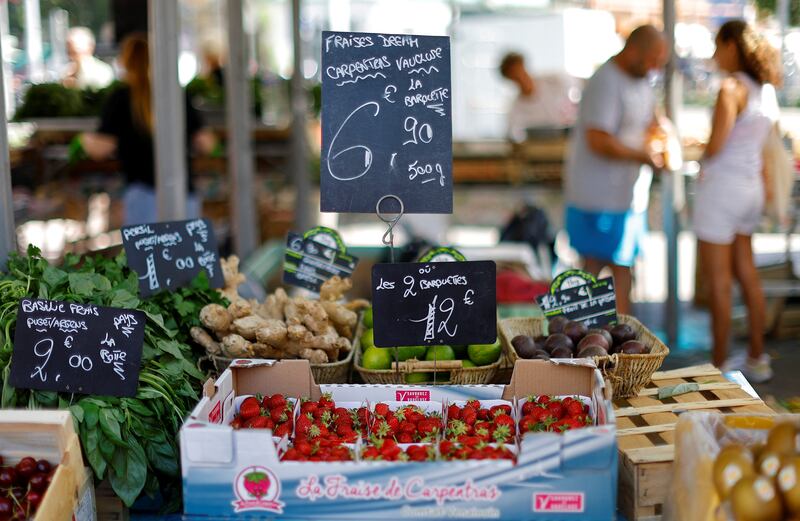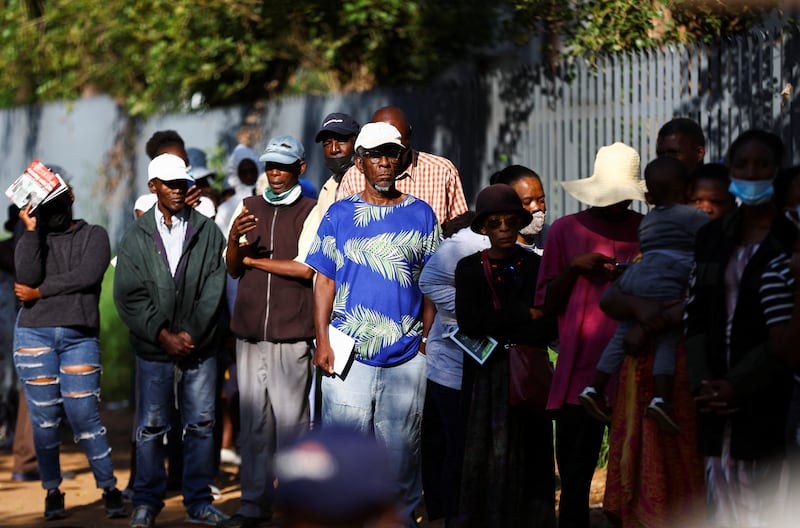Dubai's annual inflation rate eased to 1.02 per cent in July, its lowest reading since November 2021, from 2.05 per cent recorded in June.
The drop in inflation was driven by a sharp decline in transport prices, offsetting the 6.1 per cent year on year price rise in housing prices, according to the annual consumer price index released by the Dubai Statistics Centre.
Household durables rose by 7.7 per cent, while whole food and beverage prices climbed 3.2 per cent on an annual basis, according to the government data.
"We expect housing in the CPI to continue to rise in the second half of 2023," Khatija Haque, head of research and chief economist at Emirates NBD, the emirate's largest lender, said in a note to investors on Wednesday.
"CPI has averaged 3.3 per cent so far this year, broadly in line with our annual forecast of 3.5 per cent."
Inflation in Dubai is on the decline from "the high annual base", according to Emirates NBD. Consumer prices peaked at an annual 7.1 per cent in July 2022 as fuel costs surged.
Similar to its peers in the GCC, inflation in the Dubai is relatively lower than the developed markets and advanced economies, on the back of government measures to control consumer prices.
Inflation in the UAE – stoked by increasing energy prices, imported inflation and rising employment – was 4.8 per cent in 2022. It is projected at 3.1 per cent and 2.6 per cent in 2023 and 2024, respectively, reflecting lower energy and food prices, according to the Central Bank.
That compares with a global inflation rate of 8.7 per cent in 2022, which is set to fall to 6.8 per cent this year and 5.2 per cent in 2024, according to International Monetary Fund estimates. This is still above the preferred 2 per cent target of central banks.
Globally, central banks have aggressively increased interest rates to subdue inflation.
After hitting pause on its tightening cycle in June, the US Federal Reserve increased the policy rate in July for the 11th time since March 2022. The 25 basis points increase has taken the benchmark rates to the highest since 2001 as the US regulator tries to bring inflation down to its 2 per cent target range.
The central banks of the UAE, Saudi Arabia, Bahrain, Kuwait, Oman and Qatar also raised their benchmark borrowing rates in July, as they follow the Fed’s rate moves due to their currencies being pegged to the US dollar.
Dubai’s economy grew an annual 2.8 per cent in the first quarter of the year to Dh111.3 billion ($30.3 billion), extending the "robust momentum of growth" achieved in 2022, when the emirate expanded by 4.4 per cent.
Dubai's growth outpaces the seasonally adjusted growth output of 1.6 per cent for Organisation for Economic Cooperation and Development countries. The European Union grew by 1.1 per cent in the first quarter, while the US economy grew by 1.8 per cent.
Meanwhile, Saudi Arabia's annual rate of inflation last month eased to 2.3 per cent, down from 2.7 per cent that the Arab world’s largest economy recorded in June, according to official data.
Housing, food and transport were among the drivers of a rise in consumer prices in July from a year earlier, data from Saudi Arabia’s General Authority for Statistics (Gastat) showed on Tuesday.
“Actual rents for housing increased by 10.3 per cent in July, reflecting the increase in rents for apartments by 21.1 per cent,” Gastat said.
“Prices for rents were the main driver … due to their high relative importance in the Saudi consumer basket, with a weight of 21 per cent.”
Prices of food and beverages rose by 1.4 per cent, while transport prices increased by almost 1 per cent – mainly due to the increase in transport services charges.
Restaurants and hotels prices rose by 2.9 per cent, while education prices increased by 1.8 per cent from a year earlier.
In contrast, furnishings and household prices eased by 2.5 per cent, while clothing and footwear rates decreased by 3.9 per cent on an annual basis, Gastat said.
Inflation in Saudi Arabia – Opec’s biggest oil producer – has consistently dropped since January, when it hit 3.4 per cent.
Inflation in the kingdom is forecast to reach 2.1 per cent in 2023, according to preliminary government forecasts.
Saudi Arabia's economy grew by 1.1 per cent in the second quarter, boosted by a sharp expansion in the country’s non-oil sector as the kingdom continues to diversify its economy away from hydrocarbons.
The non-oil sector grew 5.5 per cent in the three-month period to the end of June, compared with the same period in 2022, according to the flash estimate by the Gastat.
The Saudi economy expanded 8.7 per cent in 2022, the highest annual growth rate among the world's 20 biggest economies, driven by a rise in oil prices and the strong performance of its non-oil private sector.
However, growth will slow to 1.9 per cent this year, on the back of lower oil output, according to IMF estimates.


